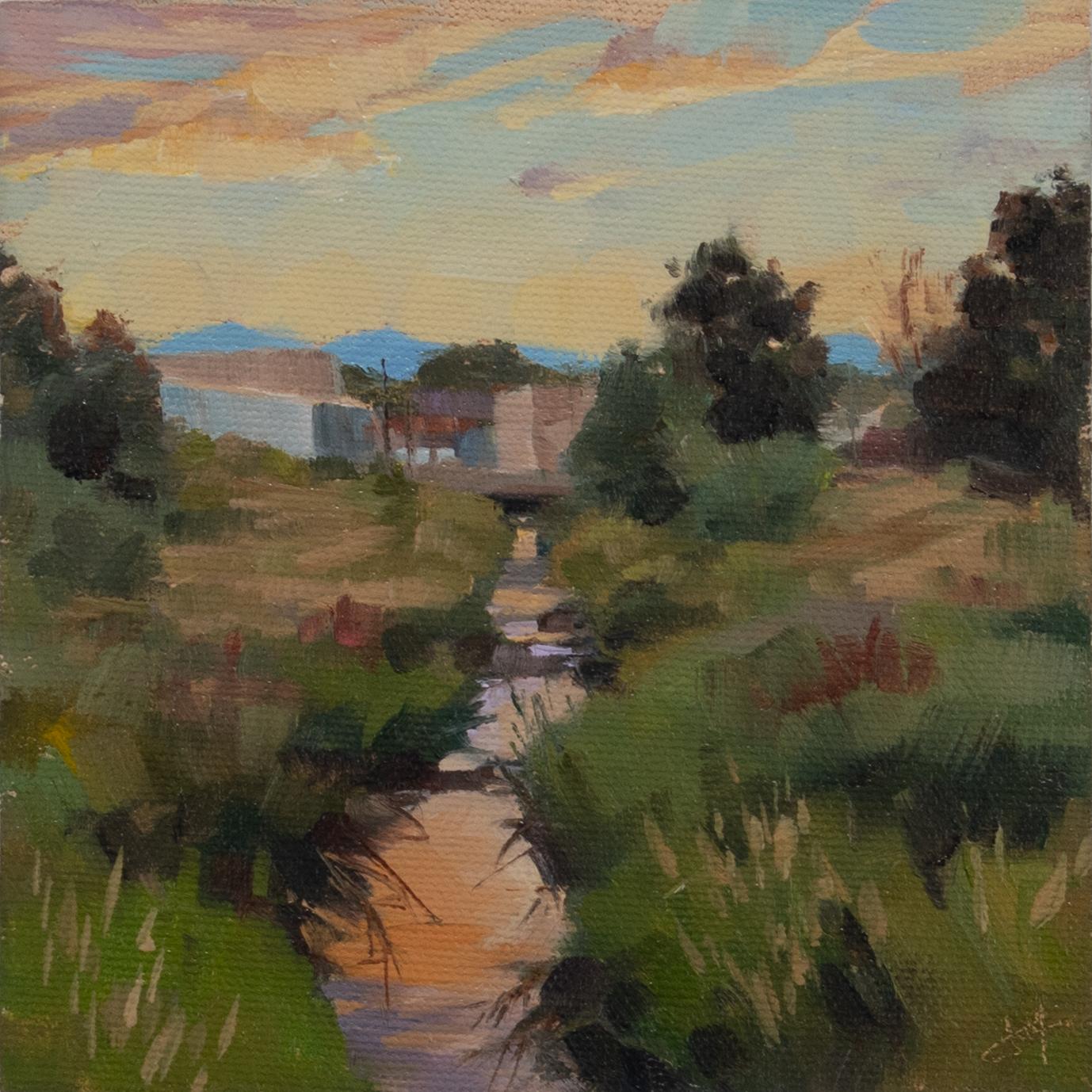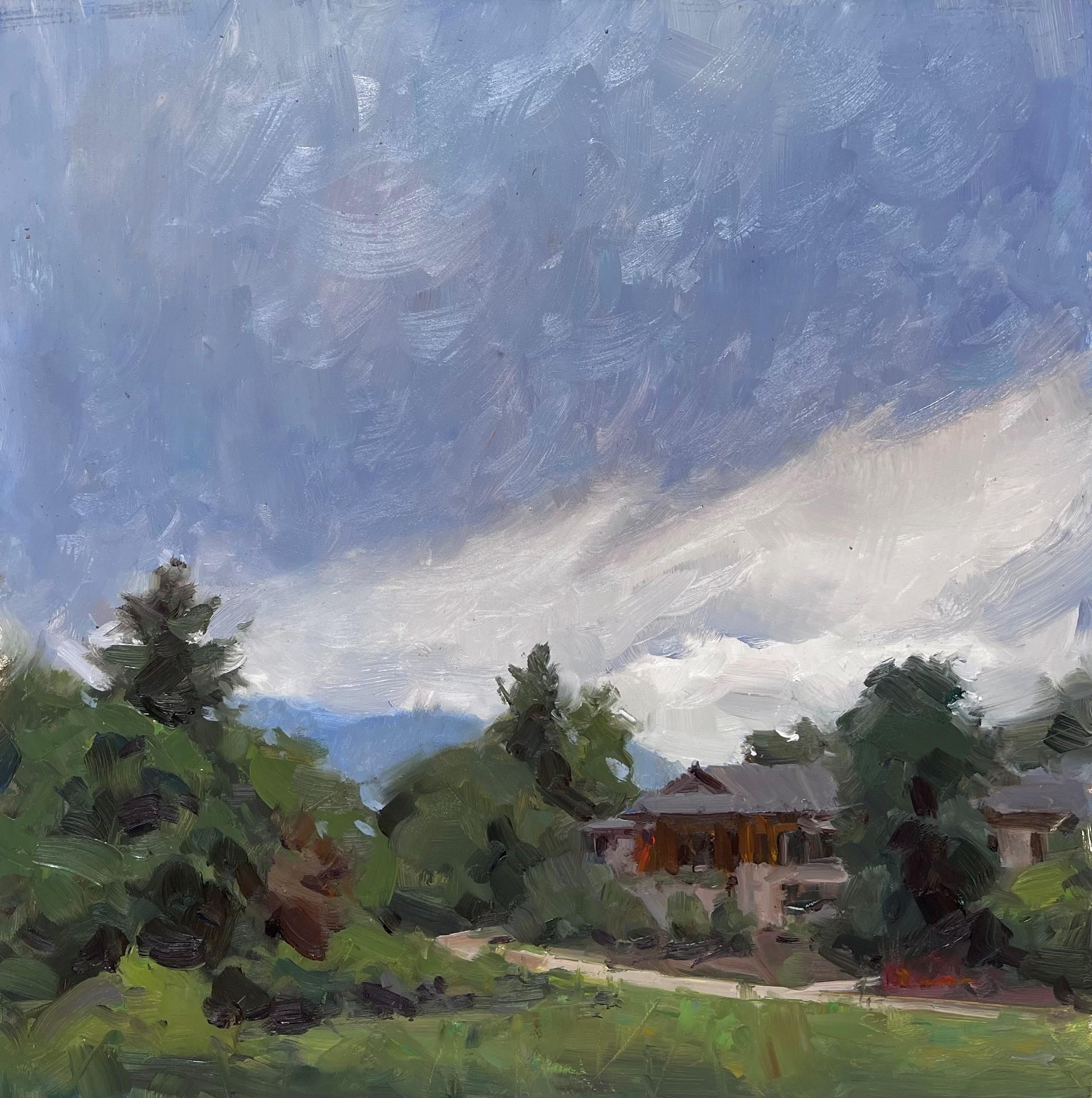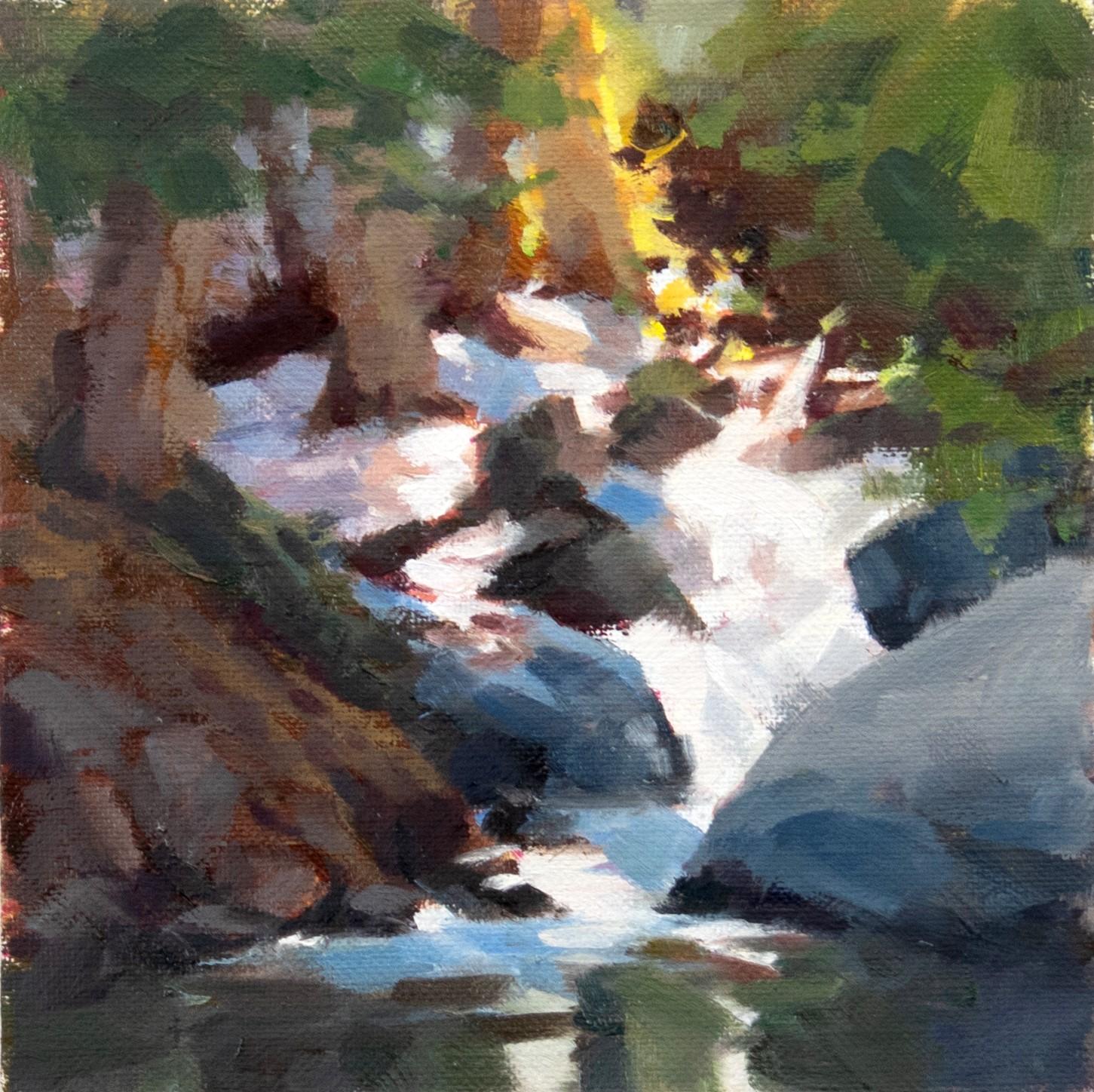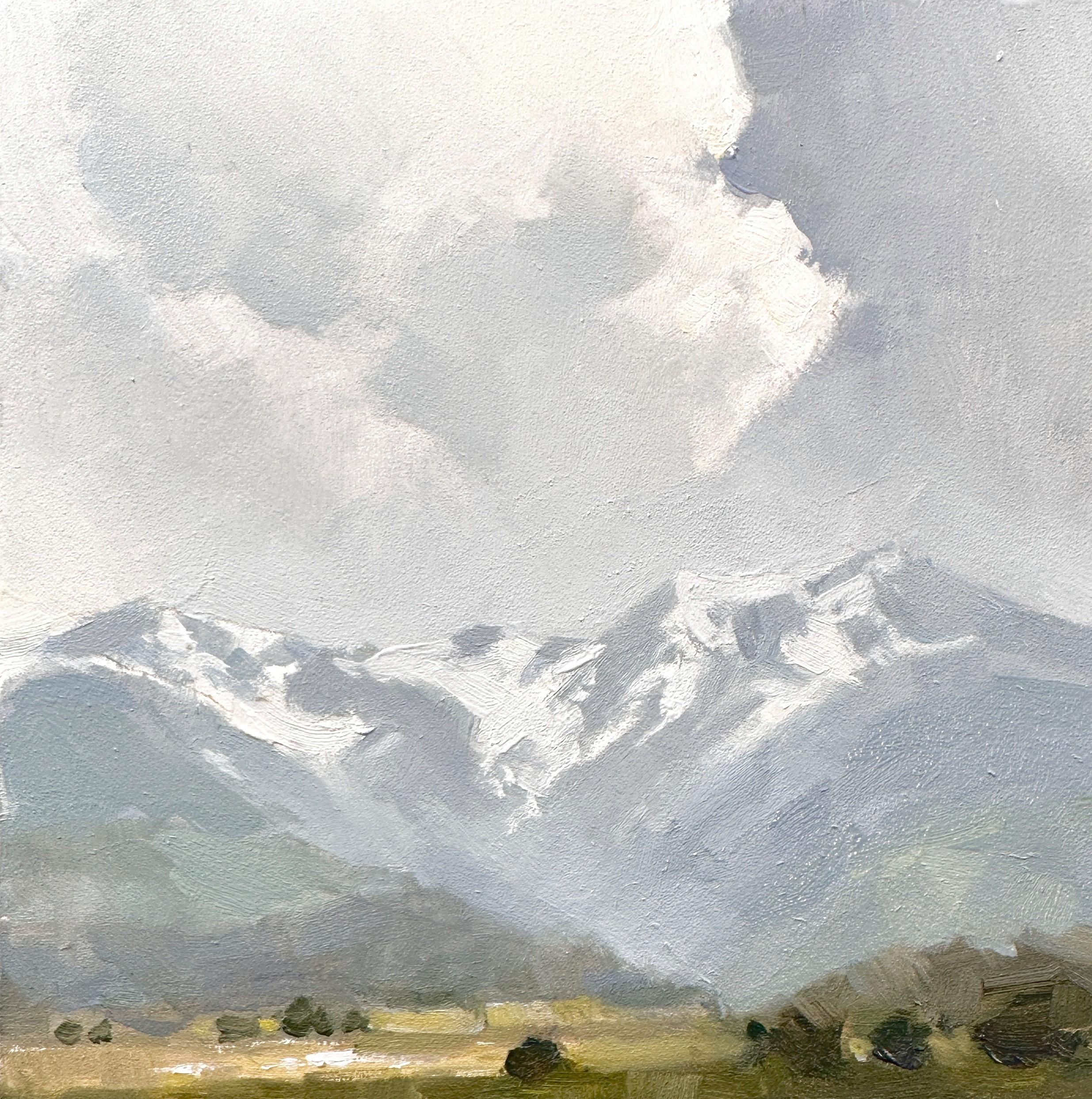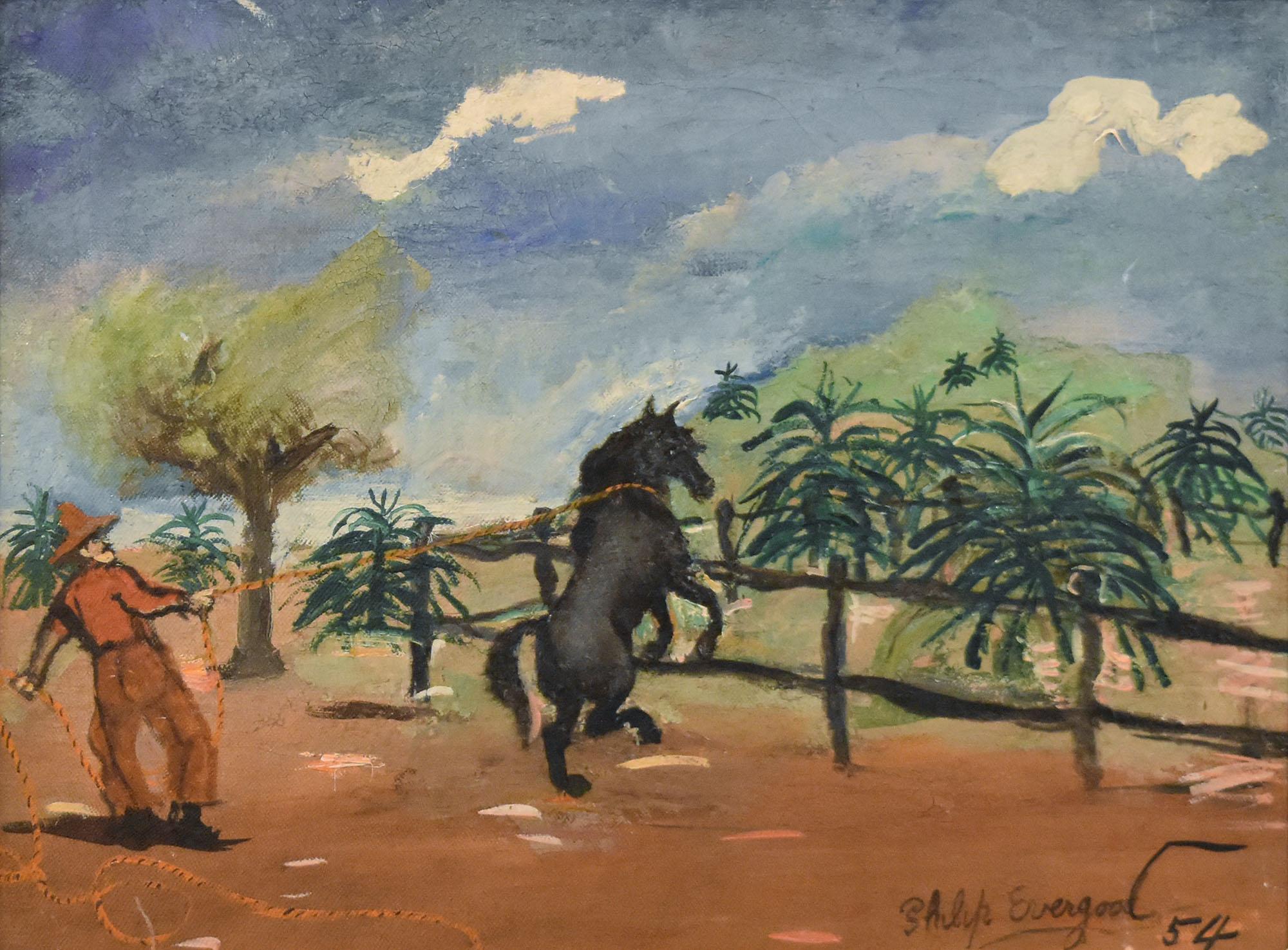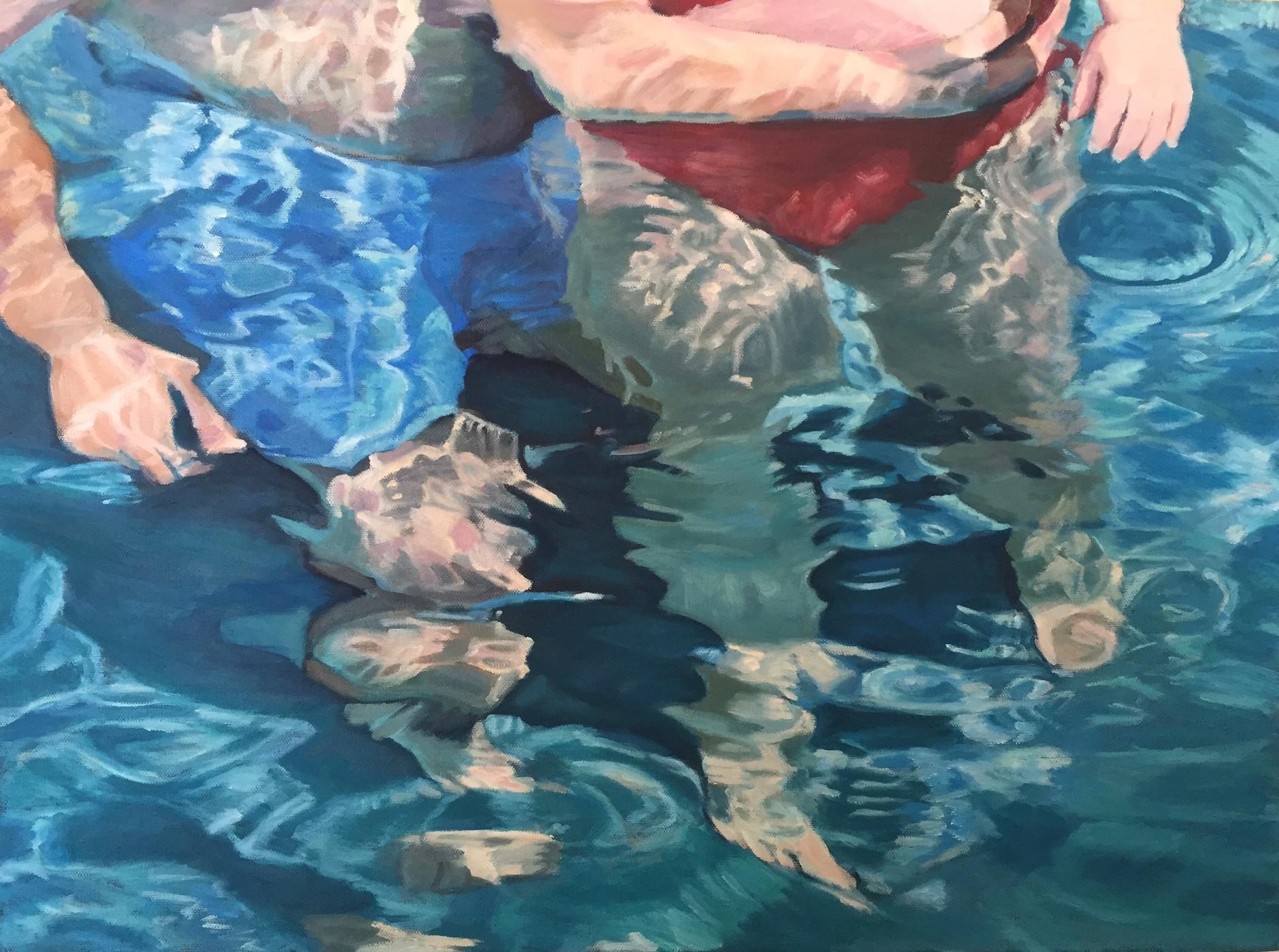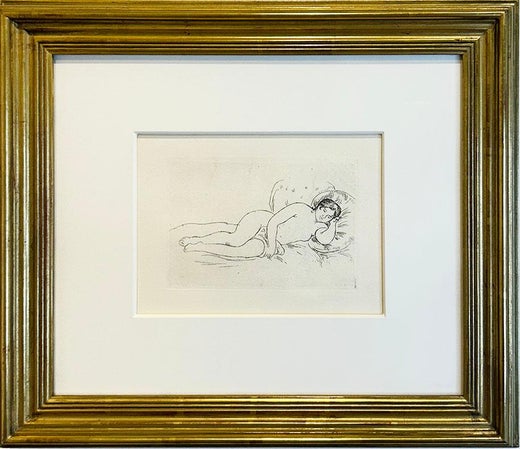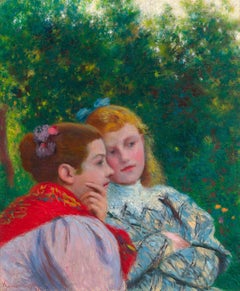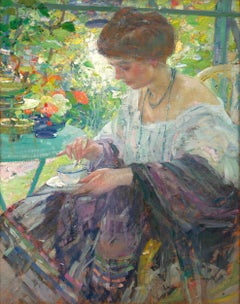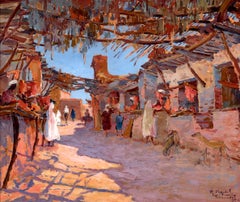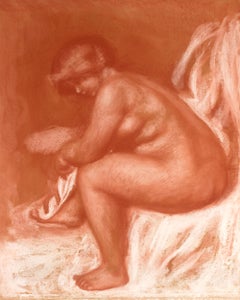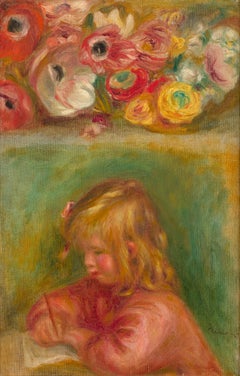
Portrait De Coco Et Fleurs By Pierre-Auguste Renoir
View Similar Items
Pierre-Auguste RenoirPortrait De Coco Et Fleurs By Pierre-Auguste RenoirCirca 1905
Circa 1905
About the Item
- Creator:Pierre-Auguste Renoir (1841-1919, French)
- Creation Year:Circa 1905
- Dimensions:Height: 21.25 in (53.98 cm)Width: 15.75 in (40.01 cm)Depth: 2.88 in (7.32 cm)
- Medium:
- Movement & Style:
- Period:
- Condition:
- Gallery Location:New Orleans, LA
- Reference Number:Seller: 31-70411stDibs: LU18612291042
Pierre-Auguste Renoir
An early 20th-century master, Pierre-Auguste Renoir created thousands of figurative prints and paintings and is credited as one of the founders of the Impressionist movement. His frequently reproduced works are appreciated for their luminous appearance, rich colors and soft, feathered brushstrokes.
Renoir was born in Limoges, France, in 1841. He began painting as a child while working in a porcelain factory, which led to a formal study of art in Paris under Charles Gleyre. In the early 1860s, he often visited the Louvre to study French master painters, and he became friends with Claude Monet and Alfred Sisley, both leading Impressionists.
Renoir first exhibited his paintings in 1864, but he did not rise to prominence until his first exhibition with the Impressionists in 1874. In 1877, Renoir stopped exhibiting with the Impressionists and embarked on a series of travels. In 1881, he went to Algeria and Spain, meeting the artists Eugène Delacroix and Diego Velázquez. He continued to Rome, Sicily, Algeria and Guernsey, where he created 15 paintings in one month in the summer of 1883.
In 1890, Renoir married Aline Victorine Charigot, a portrait model and muse for many of his works. They had three sons, and in 1907, Renoir moved his family to the village of Cagnes-sur-Mer, near the Mediterranean. By this time, he had developed arthritis in his hands, and he had a stroke in 1912, after which he used a wheelchair. Renoir continued to paint for the rest of his life, even strapping a brush to his paralyzed fingers.
Shortly before his death in 1919, Renoir visited the Louvre to see his paintings now hanging next to the artistic icons that he used to study and admire. He returned to his home village and died in December of that year.
On 1stDibs, find Pierre-Auguste Renoir paintings, prints and sculptures.
More From This Seller
View All19th Century Impressionist Figurative Paintings
Canvas, Oil
20th Century Impressionist Figurative Paintings
Canvas, Oil
Early 20th Century Impressionist Landscape Paintings
Oil, Panel
19th Century Impressionist Nude Paintings
Canvas, Paper, Chalk
19th Century Impressionist Figurative Drawings and Watercolors
Canvas, Pastel
18th Century Academic Figurative Paintings
Oil, Canvas
You May Also Like
21st Century and Contemporary Impressionist Figurative Paintings
Canvas, Oil
1960s Impressionist Portrait Paintings
Canvas, Oil
1940s Impressionist Figurative Paintings
Canvas, Oil
1970s Impressionist Figurative Paintings
Canvas, Oil
1980s Impressionist Interior Paintings
Canvas, Oil
1930s Impressionist Figurative Paintings
Canvas, Oil
Recently Viewed
View AllRead More
Paul Revere Crafted This Silver Coffee Pot 250 Years Ago
Perhaps best known as a Revolutionary War hero, Revere was also an accomplished silversmith, and this pot is now available on 1stDibs.
Degas Portrayed These Exuberant Ukrainian Dancers with ‘Orgies of Color’
Discovered in Parisian cabarets, the performers reenergized the artist’s practice.
